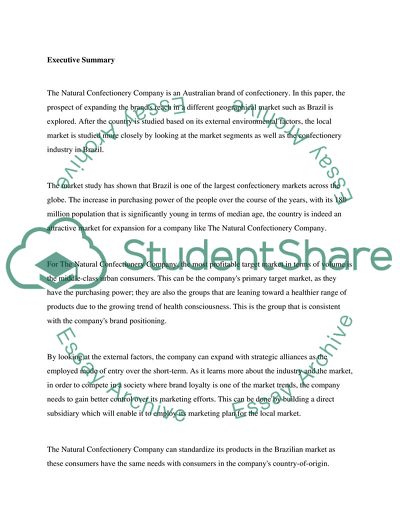Cite this document
(International Marketing of Natural Confectionery Company Research Paper - 3, n.d.)
International Marketing of Natural Confectionery Company Research Paper - 3. Retrieved from https://studentshare.org/marketing/1724220-international-marketing
International Marketing of Natural Confectionery Company Research Paper - 3. Retrieved from https://studentshare.org/marketing/1724220-international-marketing
(International Marketing of Natural Confectionery Company Research Paper - 3)
International Marketing of Natural Confectionery Company Research Paper - 3. https://studentshare.org/marketing/1724220-international-marketing.
International Marketing of Natural Confectionery Company Research Paper - 3. https://studentshare.org/marketing/1724220-international-marketing.
“International Marketing of Natural Confectionery Company Research Paper - 3”, n.d. https://studentshare.org/marketing/1724220-international-marketing.


